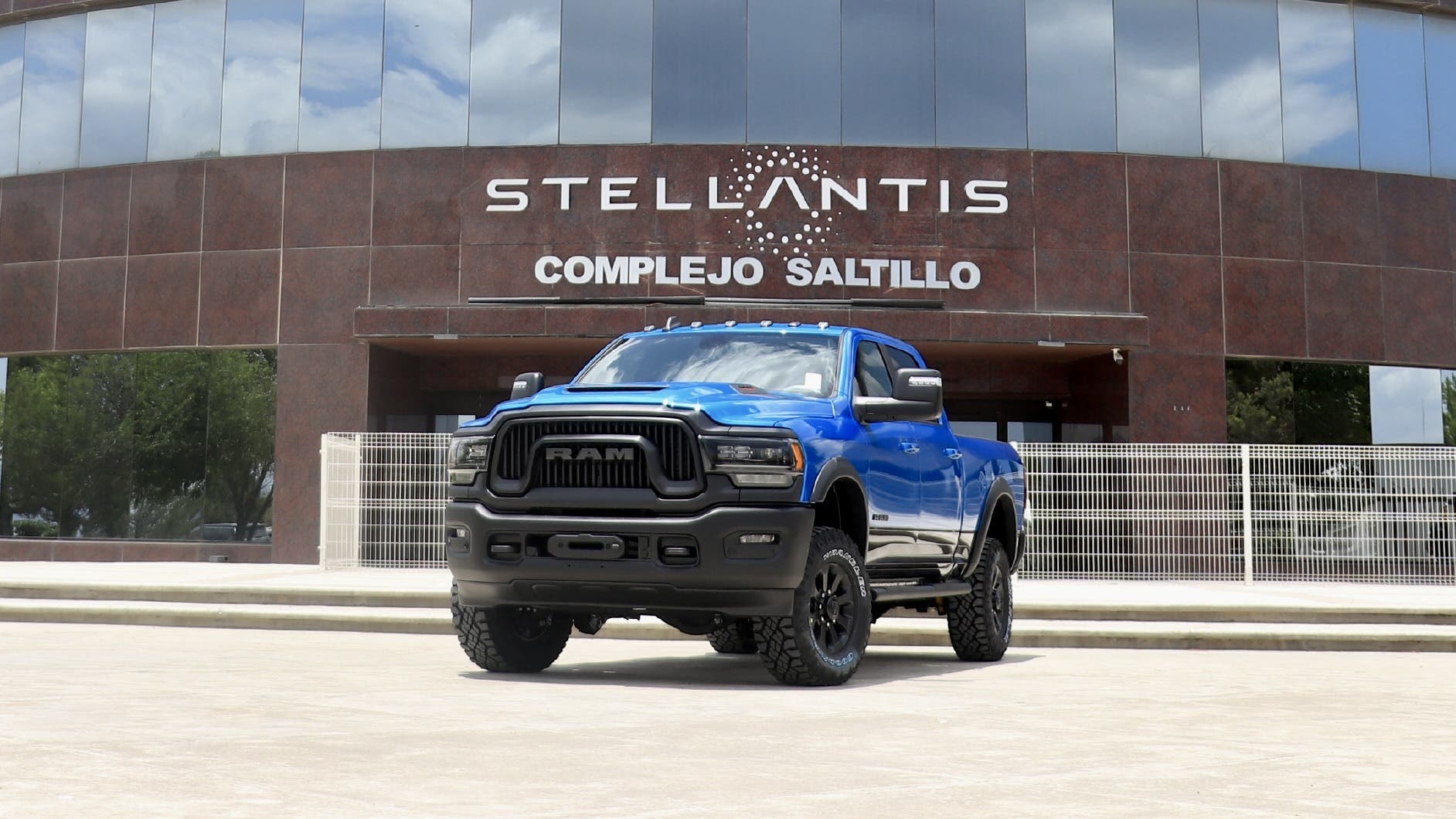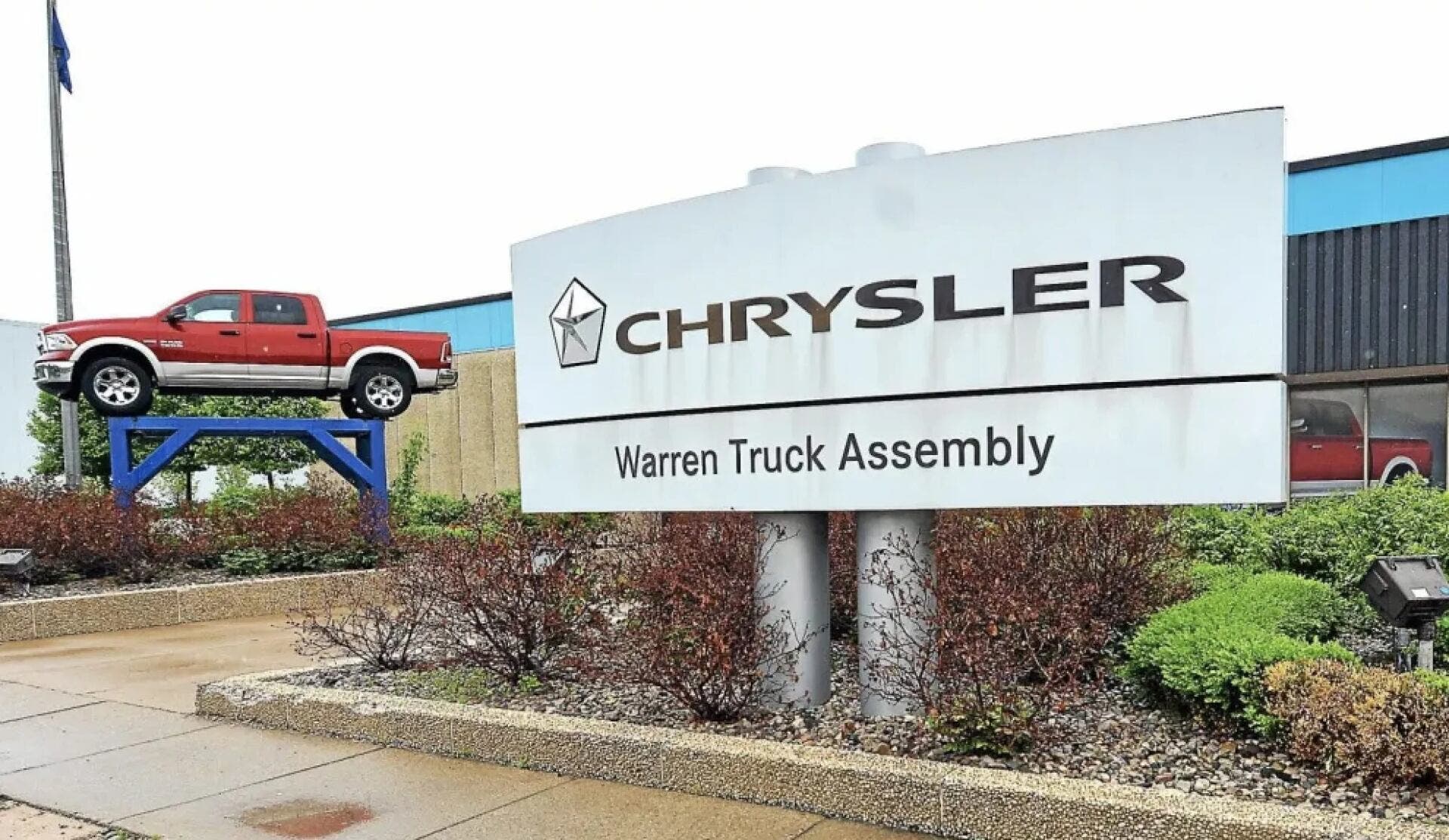Chris Feuell, head of Chrysler/Ram, presented the Saltillo plant expansion as a “safety valve” for the U.S. plant Sterling Heights, Michigan. In short, could this thus be a strategic move to balance production and meet global demand?
Stellantis invests in Saltillo to expand Ram production to meet demand
Chrysler and Ram CEO Chris Feuell recently unveiled the reasons behind the expansion of the truck manufacturing plant in Saltillo, Mexico. Indeed, during a Reuters event in Detroit, Feuell clarified that this strategic decision was not made to reduce costs as a result of recent union agreements with the UAW in the United States. Instead, the company chose to increase production capacity in Saltillo to meet the growing demand for vehicles and to ensure long-term operational flexibility. Feuell then emphasized the specific competencies of the Mexican plant, particularly its ability to handle complex and diversified production.
“The Saltillo plant does a really good job in managing complexity, and they are already building pickups there”– commented CEO Feuell. Saltillo, in fact-as many may know or imagine-is already a major production center for Ram pickups. This important factor for the Mexican plant in fact thus demonstrates that it is able to meet the challenges associated with the production of large vehicles with advanced technical features.

UAW strike and internal challenges complicate expansion – Stellantis denies Ram 1500 production shift
While the plant in Saltillo stands out for its efficiency, Stellantis’ production plans are in flux. This decision to move Ram 1500 production to Mexico is at the center of a dispute with the UAW, which has called a nationwide strike. Meanwhile, the company is facing a number of challenges, including declining sales in North America and a change at the top.

Due to production expansion plans in Mexico, the possibility of moving Ram 1500 production from the Sterling Heights plant is being considered.
As Reuters reported, CEO Fuell said Stellantis is not currently building Ram 1500 trucks in Saltillo. And despite evidence of an expansion of the Saltillo plant, the company declined to provide confirmation about a possible shift of production there.

To meet global demand stellantis sets its sights on Mexico with Satillo
The expansion of the Mexican plant is seen as a proactive move to anticipate future market needs and to ensure that the company is able to meet consumer demand. In particular, the Sterling Heights plant, located in the United States, is expected to reach its capacity limits soon. The increase in production in Saltillo will therefore serve to complement and support Sterling Heights’ operations, providing greater flexibility and resilience to Stellantis’ entire production network.
The Ram production expansion in Saltillo, Mexico, therefore actually represents a significant turning point for Stellantis. This decision, made despite the fact that production capacity was still available at the nearby Warren Truck Assembly Plant, was motivated by the need to increase production flexibility and meet growing global demand, particularly in markets outside North America.

The Saltillo move was aided by the simplification of the production lines at Warren Truck Assembly Plant, which are focused on Jeep Wagoneer and Grand Wagoneer models. This move thus allows the Stellantis Group to optimize Ram production and respond more efficiently to the needs of an evolving market. in short, in simple words, it seems that the Mexican plant may become critical to Stellantis’ production flexibility, the new strategic asset for the Group. We’ll be waiting to hear more details of what might come up next, stay alert and connected to upcoming news and rumors.
